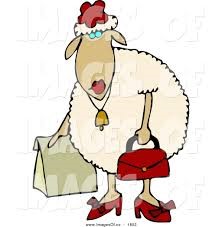EWE Process
As taught by the CCSUA Training Staff, an excellent method for handling game participants who continue to argue umpire calls…use the EWE process:
Enough – “Coach, that’s enough.” This may be accompanied by the umpire hold out on hand in a “stop” gesture.
Warning – “Coach, that’s your warning.” This should be accompanied by a stronger gesture and verbalized loud enough for your partners to hear you.
Ejection – try to avoid this if possible. But when it is appropriate, an umpire must have the strength to act on continued misconduct.
Rule 13 gives some excellent guidelines about warnings.
13.1.1 Informal warning may be given when preventive umpiring is used to prevent a situation from escalating…
A.R. 13.1.1: The pitching coach asks the plate umpire about the location of a pitch for two successive batters. RULING: The plate umpire may advise the coach that frequent discussions regarding the strike zone are inappropriate and will not be tolerated.
13.1.2 A formal warning is issued for circumstances when the umpire needs to intervene and prevent inappropriate behavior from occurring or reoccurring.
A.R. 13.1.2: On the way to the coaches’ box between innings, the base coach comments to the plate umpire that his batters are being forced to swing at pitches well out of the strike zone, which is hampering their offense. RULING: The plate umpire issues a warning for commenting on the strike zone and notes it on the team’s lineup card.
Or, as developed by the CCSUA Training Staff – don’t be act like a mild and quiet sheep on the field when it is necessary to handle a difficult situation…use the EWE method

